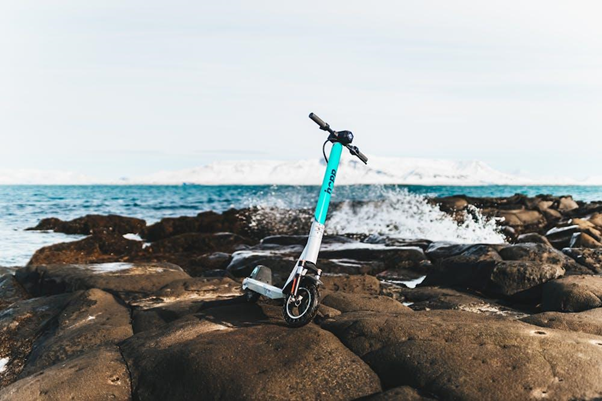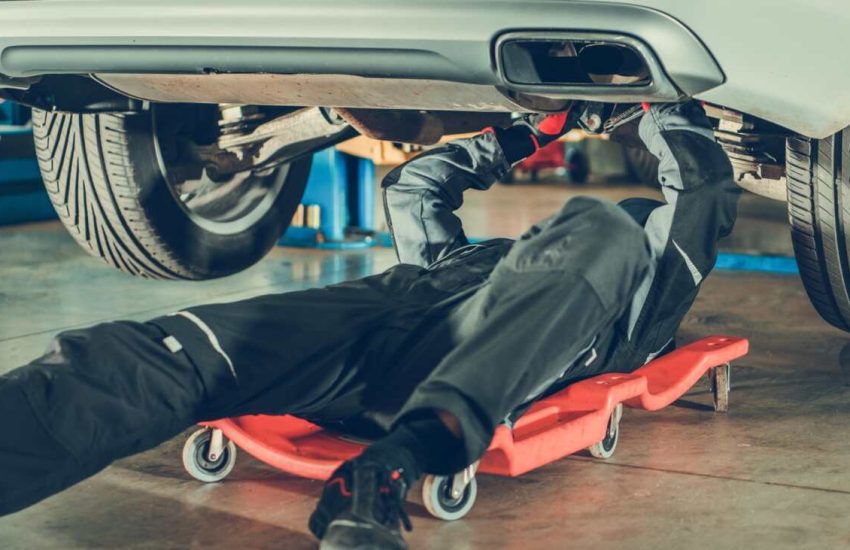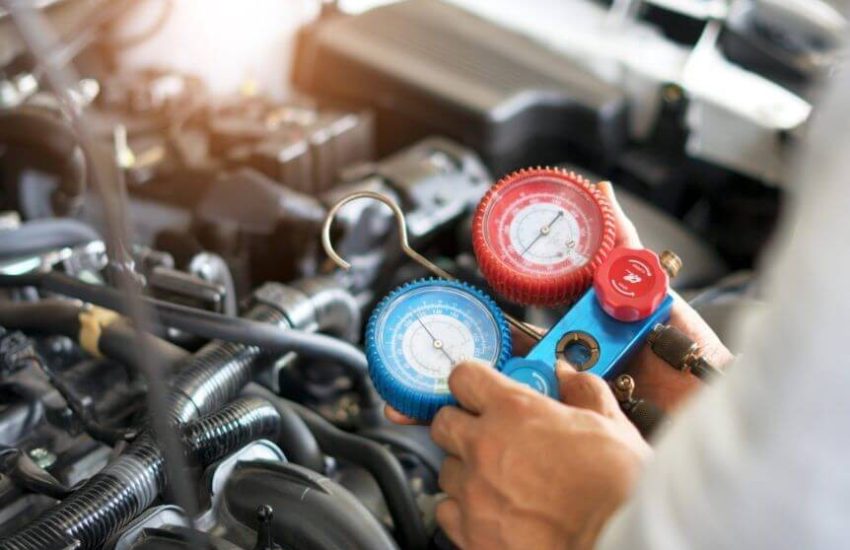How All-Terrain Electric Scooters Have Changed
It seems that as soon as something has wheels, people want to go fast—and then take it off-road. Electric scooters are no different.
A few years ago, most electric scooters were used only on city streets. But things have changed fast. With stronger motors, better suspension systems, and off-road tires, electric scooters have grown into real off-road vehicles.
Today’s top off-road scooters offer more than just strength. They also give riders comfort and control that you’d expect from high-end vehicles. These scooters are built for steep hills, rough paths, and long outdoor trips.
In this article, we’ll focus on what makes a great all-terrain electric scooter. Just a quick note: when we say “best,” we’re using sales numbers and expert reviews to guide us. What’s best for you may still depend on how you ride and what you need.
Stepping Into the Future: How 2025 Scooters Have Improved
Off-road scooters in 2025 offer more than just large tires and strong motors. They’re now built with smart systems, better efficiency, and stronger parts. The newest models include advanced suspensions, dual motors for extra grip, and better controls for smoother rides. With longer battery life and stronger materials, riding off-road feels easier and more fun than ever before.
These scooters often take ideas from mountain bikes and off-road motorcycles, which makes sense given their purpose.
Let’s take a closer look with a basic example: the Xiaomi Mi M365 Scooter, released in late 2016. You might know it as the main scooter used in Bird’s rental fleet. It’s not built for all-terrain use—it has no suspension, small wheels with little tread, and a light frame. That makes it a poor choice for rough or uneven surfaces.
Now compare that with the Kaabo Wolf King GTR. This scooter has large, rugged tires that grip well on dirt, a tough frame that can handle bumpy roads, and strong suspension to keep you steady. It’s clearly built for tougher conditions.
While those two scooters are at opposite ends of the spectrum, there are other choices too. The Imotion RS, for example, has features that make it a good off-road option—though you may need to make a few changes, like swapping out the tires.
What Makes a Scooter “All-Terrain”?
An electric scooter is considered all-terrain if it has the right combination of:
- Suspension: A strong suspension system—either spring or hydraulic—helps absorb shocks from rough surfaces.
- Tires: Off-road or hybrid tires provide better grip on trails and pavement.
- Motor Power: Strong motors, especially dual motors, help scooters climb hills and handle bumps more easily.
Together, these features make for a stable, safe, and smooth ride on many different surfaces.
Key Features That Matter for Off-Road Riding
Let’s look at each part of an off-road scooter and why it matters:
Motor Power
Most basic scooters only have one motor and usually power the rear wheel. On soft ground, a single front motor can cause the scooter to dip or slide. That’s why off-road scooters usually have two motors. The M365, for instance, has a single 250-watt motor and is front-wheel drive only. In contrast, the Wolf King GTR has dual 2,000-watt motors, giving more traction and control. You’ll also need more power for hills and rough terrain, where the ground can slow you down.
Battery Size
The M365 has a 36v, 8ah battery with 288 watt-hours. The GTR, on the other hand, has a massive 72v, 35ah battery with 2,520 watt-hours—almost 10 times more! This not only supports the scooter’s power needs but also gives you a much longer ride time. Plus, the GTR’s battery is removable, which means you can carry a spare if you plan to ride for a long time.
Durability and Suspension
The M365 is fine for short city rides but can’t handle off-road bumps. The GTR has front fork suspension like a dirt bike and a strong rear shock system that can be adjusted. This type of suspension helps absorb shocks from rough ground and even small jumps. The Imotion RS adds another option by letting you adjust ride height, which helps you match your scooter’s setup to the terrain.
Tires and Tread
The M365 has 8.5” x 2” tube-filled tires with almost no tread, which makes them bad for rough surfaces. They’re also hard to fix. The GTR has 12” x 4” tubeless tires with deep treads, giving better grip and easier repair. It also uses a separate rim from the motor, making it easier to switch between street and off-road tires.
Lighting
The M365 has a single low-power headlight. The GTR features bright dual headlights placed mid-level. This lower light position can help highlight bumps or dips in the trail ahead—important when riding on rough paths.
IP Rating and Water Resistance
An electric scooter’s IP rating shows how well it handles dust and water. For off-road riding, an IP66 or higher is ideal. A 6 means it’s safe from dust, while a 7 means it can handle deeper water. The GTR’s IPX5 rating is okay but not ideal. The Imotion RS is better with IPX6 for the body and IPX7 for the battery.
Mud Guards and Fenders
Off-road scooters like the GTR use shorter and higher-mounted fenders. These are less likely to collect mud and are less likely to break if the scooter tips over. That’s especially useful on bumpy rides where falls are more common.
Spare Parts and Repairs
Off-road riding is tough on scooters. Parts wear out faster, and crashes are more likely. That’s why it’s important to choose a scooter with strong support from the maker and options for replacement or upgrade parts like tires, lights, brakes, motors, and rims.
Is an Off-Road Scooter the Right Choice?
Before you buy, think about whether a scooter is the best option for your off-road needs.
Mountain bikes are lighter, have bigger wheels, better suspension, and are usually more stable. Many are available as electric bikes too. Fully electric motorcycles like the Sur-Ron Light Bee are very capable but often not allowed on public roads or bike paths. All-terrain scooters, while also not fully legal in all areas, are usually not targeted for enforcement if used carefully.
Street Riding with All-Terrain Scooters
Just like street scooters don’t do well off-road, all-terrain scooters can be rough on pavement. The tires can feel bumpy, and stopping or turning may not feel as smooth. Suspension built for trails may not feel right on flat roads. Some scooters, like the Imotion RS, can be adjusted for either type of riding, but changing the tires is still a good idea when switching between road and off-road use.
Maintenance and Safety
Before riding on rough ground, make sure your scooter is ready:
- Check and tighten bolts
- Keep tires at the right pressure
- Clean and dry your scooter after wet or muddy rides
- Check your brakes and suspension regularly
Also, always wear the right gear—this includes a helmet, gloves, and clothes with reflective material, especially if you’re on unfamiliar trails.
Picking the Right Scooter
Think about your needs before you buy:
- Where will you ride? Trails, streets, or both?
- How far will you go? Pick a scooter with the right battery size.
- Do you need to carry it? Some scooters are heavier and harder to fold.
- Do you want more power or more comfort? Some scooters offer both, while others focus on one.
Final Tips for a Safe and Fun Ride
- Don’t focus only on motor power—suspension and tires are just as important.
- Start with simple trails before trying rougher rides.
- Keep up with maintenance to make your scooter last longer and perform better.



